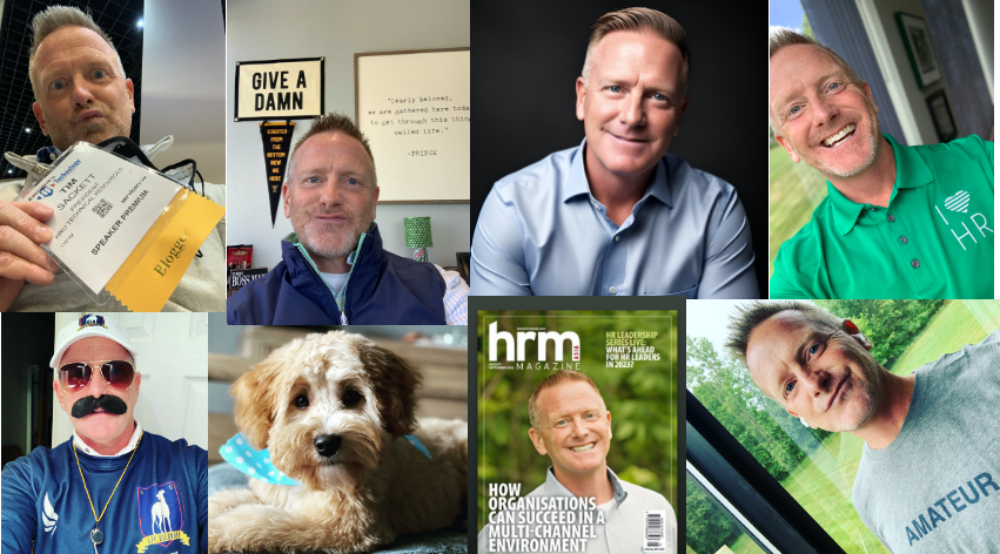Dear Timmy,
I graduated college a couple of years ago and took a job with a good company. I’m an engineer and I like my job and I like the people I work with, but I’m getting calls from recruiters telling me they can get me a lot more money. My question is, when can I leave my first job so that it doesn’t look like I’m a job hopper?
Thanks,
I Don’t Want To Look Like A Job Hopper
—————————————————–
Dear Job Hopper, (just kidding!)
Why should you leave?! If you want more money, go ask for more money!
That’s the real issue, right? Instead of having a conversation about your value on the open market, you would rather leave a company and job you like. This makes absolutely no sense, but people do it all the time because they are unwilling to have a conversation that makes them feel uncomfortable!
It’s pretty silly when you think about it. I’m willing to risk a job I like, a company I like, and Coworkers I like for a 10-20% raise. Instead of just going to your boss and saying:
“Hey, Tim, I’ve been getting a ton of calls from recruiters. Each time they are saying they can get me a job making 20% more than I’m making now. You know, or if you don’t you should, I really like working here. I like you as a boss, I like the company, and I like what I’m doing. But, I also would really like 20% more pay! Is there anything you can do to help me?”
Now, it’s critical you do this before you start engaging with recruiters and going out on interviews. Why? Because once you do that, now your loyalty will come into question.
Most organizations are willing to pay you more, but they really only want to pay people more who are 1. Good performers, and 2. Going to stay around. If you’re already interviewing, without giving them a shot to make it right with you, you are basically just showing them you’ll eventually just take off again the next time someone calls offering you a dollar more.
When should I leave my first job?
That is a very different question than what you are really asking. There’s no reason to leave your first job if all of your career needs are being met. So, you need to ask yourself, about this first job,
- Am I doing work I like to do? (Not love. Love your family. Don’t love your job. Like your job.)
- Am I in a position where I’m being developed in a way that will continue to help my career going forward? (Remember, you own your own development. Don’t wait for an organization to ‘put you on a plan’, build your own plan. What you need is an organization that allows you to do this, and supports you to do this.)
- Do I feel valued by my organization and my boss? (Value comes across in a lot of ways. Don’t discount working with and for people who truly care about you.)
- Am I being paid at the market for my education, skills, and experience? (Everyone can get paid over the market, but you give up stuff to get that money. Usually, you give up working for good companies and good people.)
- Does this position, company and location still fit where I want to be personally with my life? (Sometimes your personal life changes where you want to be professionally, and there is not much organizations can do about that in many cases, but sometimes they can.)
So, whey should you leave your first job?
You should leave your first job when the answers to the questions above show you that it’s time to leave. You should not leave your first job because you are unwilling to have a conversation that makes you feel awkward or uncomfortable, in fact, to me that would be the first sign that you’re not ready to leave that first job!
